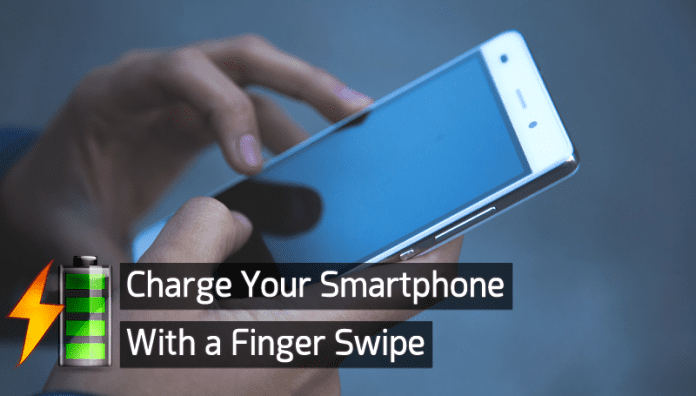Researchers have used the device which is known as nanogenerator and have operated an LCD touchscreen, a bank of 20 LED Lights and a flexible keyboard by simply touching or pressing motion without any battery. Professor of Michigan State University in the US, Nelson Sepulveda said “We’re on the path towards wearable devices powered by human motion, What I foresee, relatively soon, is the capability of not having to charge your cell phone for an entire week, for example, because that energy will be produced by your movement” The entire process starts with a silicone wafer, which is then fabricated with layers, or thin sheets containing environment-friendly substances which include silver, polyimide and polypropylene ferroelectret. Later ions are added to each layer/thin sheets containing charged particles. Therefore, whenever a device is compressed by human motion, or mechanical energy, electrical energy is created. The device is known as FENG ferroelectret nanogenerator, the device is very thin such as a sheet of paper and can be adapted to many applications and sizes. As reported by The Hindu BusinessLine “The device is called a biocompatible ferroelectret nanogenerator (FENG). It is as thin as a sheet of paper and can be adapted to many applications and sizes. The device used to power the LED lights was palm-sized, for example, while the device used to power the touchscreen was as small as a finger.” FENG is lightweight, flexible, biocompatible, scalable and low-cost which makes it a “promising and alternative method in the field of mechanical energy harvesting” for electronics like cordless headphones, smartphones, and any other touch screen devices. The study also claims that the device becomes more powerful when folded. Nelson Sepulveda said “Each time you fold it you are increasing exponentially the amount of voltage you are creating, You can start with a large device, but when you fold it once, and again, and again, it’s now much smaller and has more energy. Now it may be small enough to put in a specially made heel of your shoe so it creates power each time your heel strikes the ground.” The study was published in the journal Nano Energy. So, what do you think about this technology? Share your thoughts in the comment box below.


